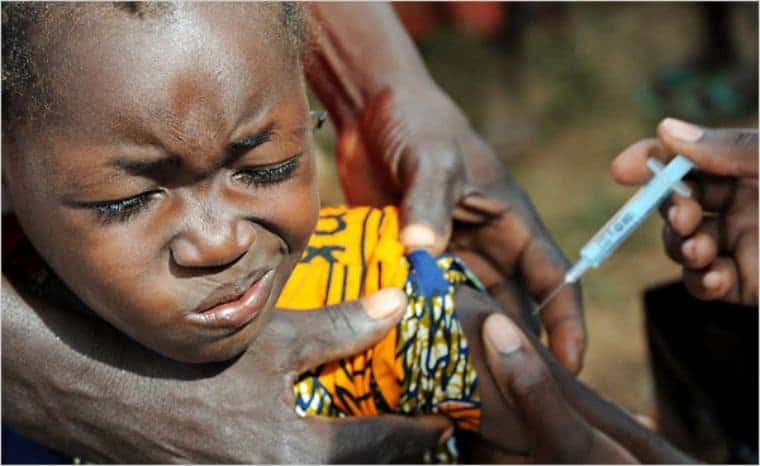Vaccines are arguably one of the most impactful medical developments in history. According to the CDC, vaccines given to infants and young children over the past two decades will prevent 322 million illnesses, 21 million hospitalizations and 732,000 deaths over the course of their lifetimes. If that’s not impressive, a group of researchers put this into another perspective that almost all people seem to appreciate: money. Their findings suggest that though it costs a lot to research, manufacture and implement new vaccines, the return of investment is absolutely stunning. Pharmaceutical companies make a nice profit, but the bulk goes to society.
Besides saving lives, immunization vastly reduces the incidence of illnesses and disabilities. This saves money for both families and governments by averting 1) healthcare costs 2) productivity losses 3) lost income due to disability from work.
To quantify the return of investment of vaccines, researchers from the U.S. used two approaches to factor the “cost-of-illness”. They considered ten antigens and their impact in 94 low- and middle-income countries during 2011–20. The preventable infections considered in the study were Haemophilus influenzae type b, hepatitis B, human papillomavirus, Japanese encephalitis, measles, Neisseria meningitis serogroup A, rotavirus, rubella, Streptococcus pneumoniae and yellow fever.
Estimates were made using costs of vaccines, supply chains, and service delivery and their associated economic benefits. In the first scenario which focused on cost of treatment and productivity losses, the researchers ended up with a 1,600% return of investment or 16 bucks for every dollar. In the second scenario, which analyzed the broader economic and social benefits of living a longer and healthier life, this jumped to 44 bucks for every dollar spent on vaccines.
“A return on investment quantifies the net benefits gained from every dollar invested on an aggregate level. The 16-dollar return for every dollar invested in immunization over the decade comes from using the ‘cost-of-illness’ method, which estimates savings in healthcare costs and lost productivity due to care-seeking, death and disability. The ‘full income approach’ goes beyond the cost of illness by quantifying the value people place on living longer and healthier lives. It is important that comparisons be made between return on investment estimates that utilize comparable methods,” said Sachiko Ozawa, from the Johns Hopkins Bloomberg School of Public Health and one of the authors of the study.
The findings were published in the journal Health Affairs. ResearchGate made a great interview with Ozawa, if you’re interested.










